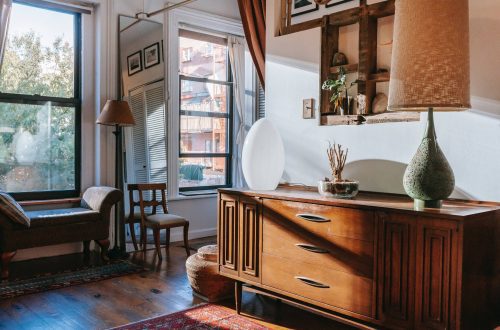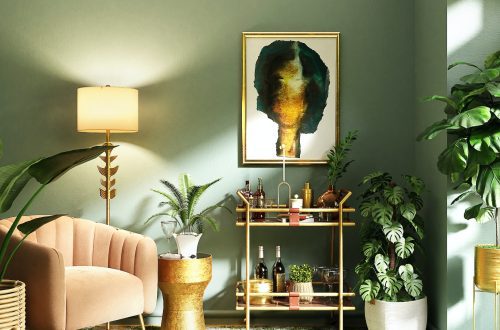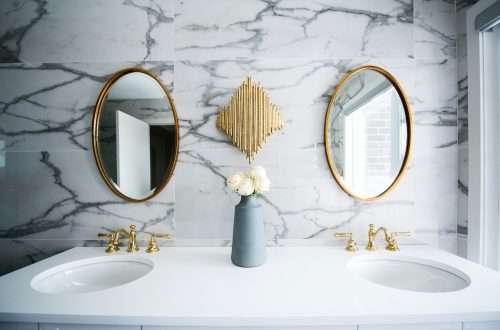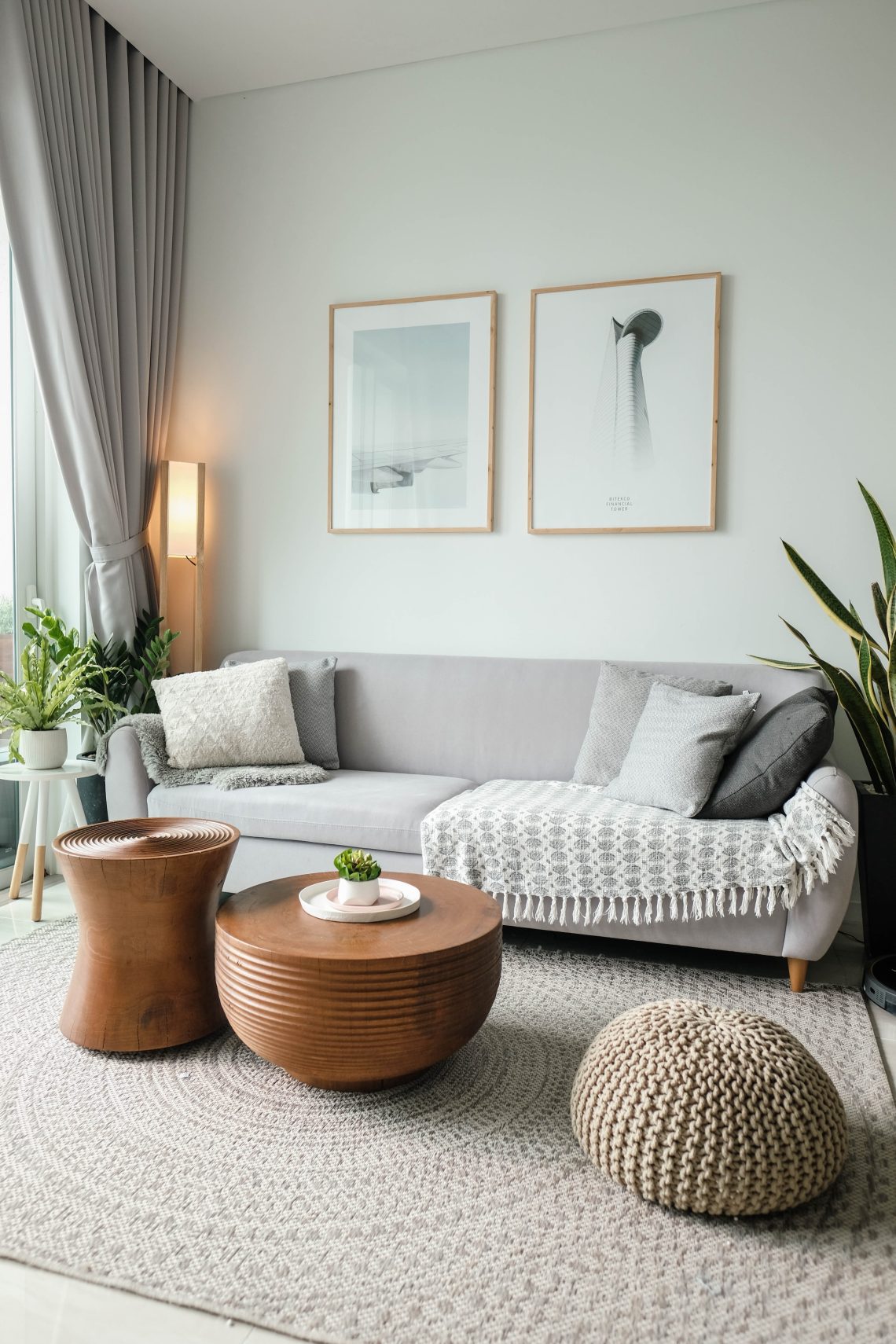
The Evolution of Scandinavian Interior Design
From its humble beginnings in the forests of Scandinavia centuries ago, Scandinavian interior design has grown to become one of the most popular and recognisable home décor styles in the world today. This minimalist approach emphasizes simplicity, function, natural materials, neutral colours, and an uncluttered aesthetic, bringing a sense of joyous cosiness into any living space. We’ll take a deeper look at how this classic style developed over time as well as some contemporary insights that can help you bring those elusive Nordic vibes into your own home.
Which design aspects are key to Scandinavian interiors?
Natural Materials
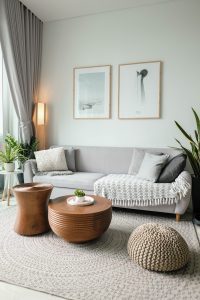
One of the most important aspects of Scandinavian interior design is the use of natural materials such as wood and stone. Wood floors and wood furniture help create an organic feel to the room, while natural stone tiles can add texture and warmth to the space. Additionally, incorporating plants into your décor helps bring some much-needed life into the room. Not only do plants look great, but they can also help purify the air in your home.
Light Colours
Another essential element of Scandi interior design is light colours. It doesn’t mean that you have to stick with white walls – though white walls do work well in this style – but rather that you should opt for lighter shades when it comes to paint or wallpaper. Light greys, blues, beiges, and greens are all good choices for creating a bright atmosphere in your home without feeling too stark or sterile.
Minimalism
Scandinavian interiors are also known for their minimalistic approach to decorations and accessories. There’s no need to clutter up your space with an abundance of knick-knacks; instead, focus on just a few carefully chosen pieces that will add character without overwhelming the room. Furniture should be kept simple; clean lines with minimal embellishments or ornate details. And don’t forget about storage solutions; adequate storage space can help keep clutter at bay while allowing you to show off some favourite pieces without making the room feel cluttered or disorganised.
Cosy textiles and furnishings
Historically, Scandinavian interior design has embraced the beauty of cosy textiles and furnishings. Rather than pure minimalism, which dictates that less is always more, this style challenges us to create a home filled with items that share both form and function. We can add texture and colour through textiles, from rugs to wall hangings, fabrics and cushions, as well as items such as furniture covered in felt, boucle fabric or lamb wool for a more inviting look. Plant-fibre materials are also regularly utilised in this style, compounding an inspiring aesthetic which simultaneously offers comfort and cosiness in the home.
With a broader appreciation for natural textures, shades, patterns and tones – this approach to home decor celebrates a balanced combination of cooler hues without compromising on interest.
Functional furniture
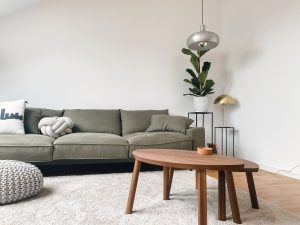
Scandi interior design is an enduring trend that has been around for decades, and it has seen a resurgence in popularity in recent years. What stands out the most about the Scandi style is its emphasis on clean lines, minimalism, and functional furniture. From mid-century modern couches to dining tables with extendable parts, Scandi furniture can be adapted to suit any size room or lifestyle.
Practicality and functionality are key when it comes to Scandi furniture; ingenious solutions such as collapsible coffee tables take up little space but provide great utility. The result is a range of stylishly minimalist pieces without compromising on comfort or convenience. Granted, Scandi furniture may come at a slightly higher cost than other styles – however, its quality and versatility translate into greater value overall.
The emergence of ‘Hygge’
For those who have paid attention to Scandi interior design, a recent trend has been defined by it: Hygge. This word originated as a Scandinavian concept and referred to the feeling of ultimate comfort and cosiness. It can be created through simple items of furniture, hazy candlelight, inviting textures such as chunky knits or throws, and natural materials such as jute and wood.
A Scandi-Hygge interior is often achieved using a neutral colour palette with hints of blue, mustard yellow and pale pink, incorporating shabby chic effects such as rough edges on wooden furniture for a homely feel. The concept is focused on creating an atmosphere of contentment within the home, which Scandis believe will lead to increased happiness in life overall.
Embracing simplicity & minimalism
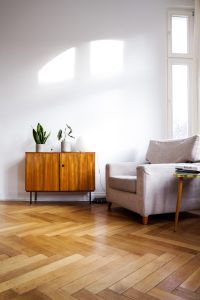
Embracing simplicity and minimalism is something Scandinavians take to heart in their interiors. While Scandi designs have been popular for years, the trend has made a major resurgence thanks to its calming effects and focus on improved mental health. Scandi style is all about sleek lines, earth tones, and pared-down interiors. It’s less about collecting stuff and more about creating an orderly environment for productive work or unwinding at the end of a long day.
Intentional furniture pieces, natural light, and wood components blend together to create a cosy space that still feels minimalist–without feeling stripped of its comfort or warmth. For Scandis and many others around the world, embracing simplicity through interior design is key to achieving an overall sense of well-being both inside and outside one’s home.
Earth tones and the careful use of colour
Scandinavian design has revolutionised decorating, partly due to its focus on earth tones and the careful use of colour. The Scandi style focuses on creating simple, relaxing, and inviting spaces. The muted, natural palette of Scandi design utilises a range of earth tones such as greys, whites, browns, beiges, and olive greens, among others. By layering these hues artfully and using them sparingly in the home, Scandi interiors come alive with subtle hints of life and provide a truly calming atmosphere.
Each colour brings its own unique contribution to a Scandi-style room: whites help create airy spaces while greys add cosy comfort; beiges lend neutrality while deep browns provide grounding; and olive greens lend an attractive warmth to the room overall. Earth tones are the secret behind Scandi’s successful interior design system—a timeless look that never fails to impress.
Open-concept living spaces
Scandinavian designers are often staunch advocates of open-concept living spaces. Its minimalist, subtle palette draws on natural elements with its neutral tones, calming whites and greys, and textures like wood to bring life to a room. The Scandi look incorporates clean lines and seamless transitions between rooms, allowing them to blend together almost.
Though the Scandi aesthetic may appear simple, the look hides an incredibly appealing complexity. It’s easy to make an open-concept living space feel stylish and inviting with Scandi interior design because of the effortless elegance of this trend. Create an open-concept living space with Scandi style and you will have timeless beauty combined with modern practicality – everything you need for beautiful, cosy home decor!
How does interior design change throughout the Nordic countries?
From the amazing architecture of Sweden to the stunningly simple design of Denmark, each Nordic country has its own unique style when it comes to interior design. Let’s explore how each nation approaches interior design and how these styles differ from one another.
Sweden: Modern Minimalism
Swedes are known for their clean, minimalistic designs that focus on functionality and comfort while being aesthetically pleasing. Light colours are popular in Swedish interiors, but they often will add a pop of colour with a statement piece such as a rug or artwork. Natural materials like wood and stone are also very popular in Swedish interiors as they bring warmth and texture to the space.
Denmark: Hygge-Inspired Design
The Danes are all about comfort, cosiness and simplicity in interior design. The concept of ‘Hygge’ is embedded into Danish culture, which means embracing life’s simple pleasures, such as enjoying good food, cosy lighting and quality time with friends. It is reflected in Danish interiors, which often feature muted colours such as whites and greys, natural elements including wood furniture and neutral textiles like wool rugs or cotton curtains.
Norway: Rustic Charm
Norwegian interior design is all about embracing nature by bringing the outdoors in through natural materials like wood and stone as well as earthy tones like greens, browns and blues. Norwegian interiors often have rustic touches, such as antiques or vintage furniture, that give them an old-world charm while still maintaining an inviting atmosphere.
Finland: Scandi Style
Finnish interior design is heavily influenced by Scandinavian trends, with bright white walls offset by dark accents such as black furniture or blue textiles, creating a classic contrast between light and dark colours. Finnish interiors also embrace nature with natural materials like wood flooring or exposed brick, giving them an organic touch, while modern pieces give them a contemporary edge.
Conclusion
Scandinavian interior design has come a long way since its humble beginnings. What started as a way to combat the long, dark winters has now become one of the most popular design styles in the world. From clean lines and minimalism to using natural materials and incorporating nature into the home, Scandinavian design can be adapted to any taste. And with more people working from home than ever before, there’s never been a better time to give your space a Scandinavian makeover.


